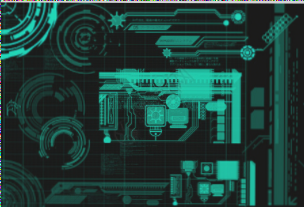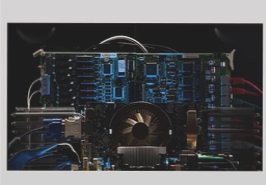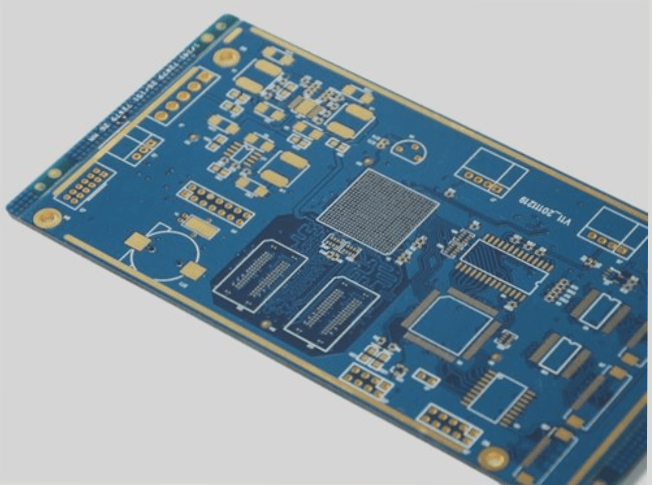Selective Laser Sintering (SLS)
Selective Laser Sintering (SLS) is a cutting-edge powder-based additive manufacturing technique that involves partial melting of the material during formation. The process utilizes a liquid-phase sintering mechanism, different from traditional metallurgical methods, to achieve densification through bonding and rearrangement of solid and liquid phase particles.
SLS Technology: How It Works
The SLS process utilizes a powder cylinder and a forming cylinder. A piston in the powder cylinder raises to allow even distribution of material by a powder spreading roller across the working piston. A computer-controlled laser then traces a 2D pattern based on a 3D model, selectively sintering the powder to form one layer of the part. This layer-by-layer approach continues until the 3D part is completed.
Challenges and Advancements in SLS
While SLS reduces thermal stresses by employing semi-solid sintering, it can lead to defects like high porosity and poor surface finish due to unmelted solid particles. The “spheroidization” effect can increase surface roughness and hinder powder layer spreading, affecting build quality. Post-processing is often required to enhance strength, precision, and surface quality.
Advantages and Disadvantages of SLS
- Advantages:
- Wide material selection.
- No need for support structures.
- Ability to create complex structures.
- High material utilization with recyclable powder.
- Disadvantages:
- Rough surface finish requiring post-processing.
- Time-consuming layer-by-layer construction.
- Potential odors during polymer sintering.
- High equipment costs and maintenance.
- Complex quality control requirements.
Selective Laser Melting (SLM)
Selective Laser Melting (SLM) is an advanced iteration of selective laser sintering, where metal powder is fully melted to create dense metal parts. The process involves a high-density laser melting each powder layer on a substrate, with subsequent layers added and melted in a controlled environment to prevent oxidation.
Advancements in Selective Laser Melting
Steel Alloys and Selective Laser Melting (SLM) Technology
Selective Laser Melting (SLM) is a cutting-edge technology primarily used for steel alloys, particularly iron-based alloys. Despite its advantages, challenges persist in achieving full density and mechanical integrity in steel parts during the laser melting process. Factors like oxidation and carbide formation can lead to defects such as spheroidization and microcracks, affecting the part’s overall quality.
One critical consideration is the carbon content in steel alloys, as higher levels can impact laser formability and result in unwanted microstructures that diminish mechanical properties. To combat these issues, SLM often necessitates higher laser energy and process temperatures to enhance material homogeneity and dissolve carbides effectively, ensuring a robust and uniform structure.
Pros and Cons of SLM Technology
- SLM parts achieve over 99% density, comparable to traditional manufacturing processes.
- It provides a wide range of processable materials and allows for post-processing welding.
- However, drawbacks include high equipment costs and slow production speeds.
- Precision and surface finish can be enhanced but may require additional post-processing.
Applications of SLM Technology
- Functional prototypes, appearance models, and assembly components production.
- Manufacture of support parts like clamps, fixtures, and jigs.
- Small-batch production of highly customized parts.
- Creation of injection molds and tooling.
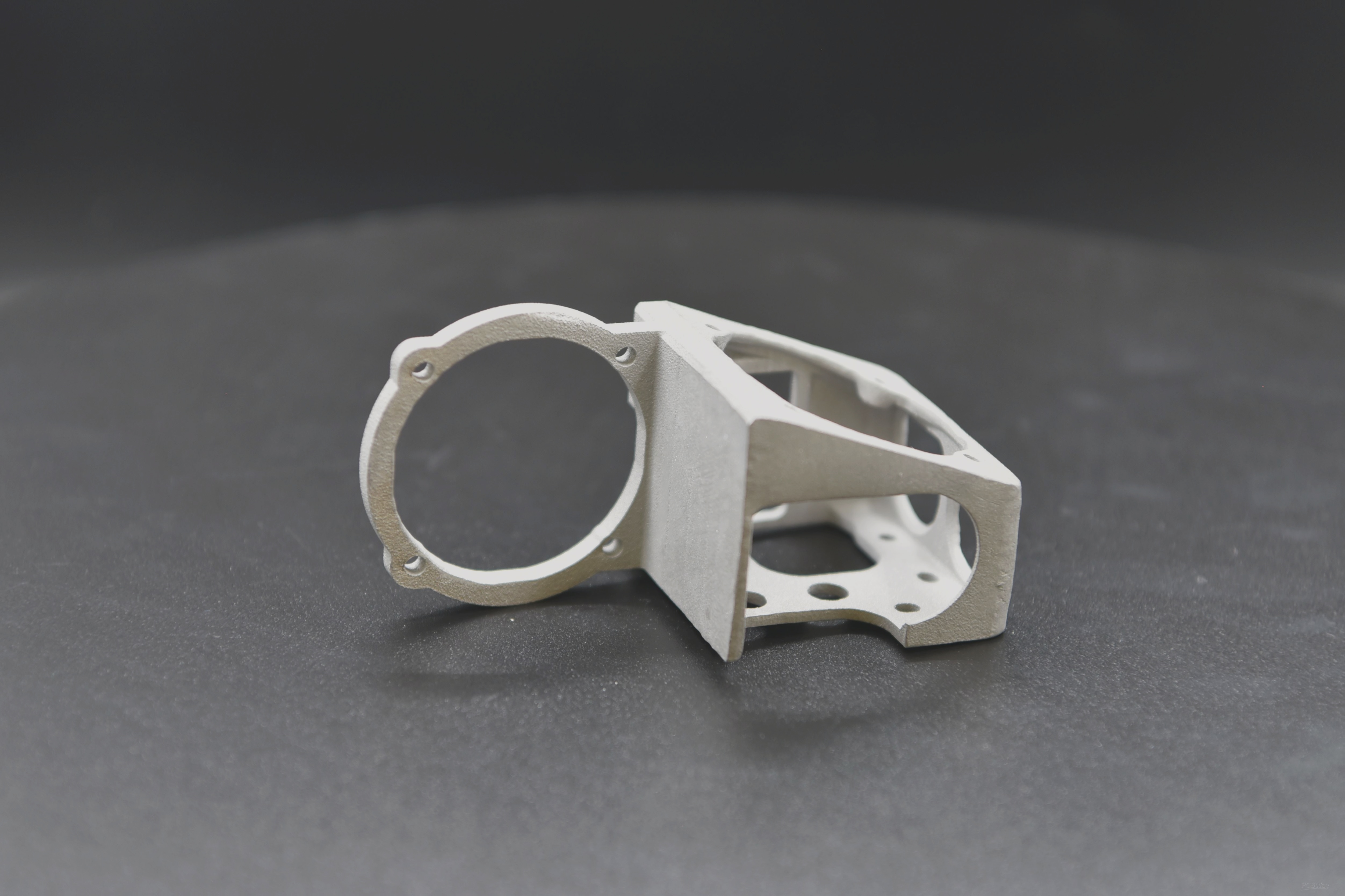
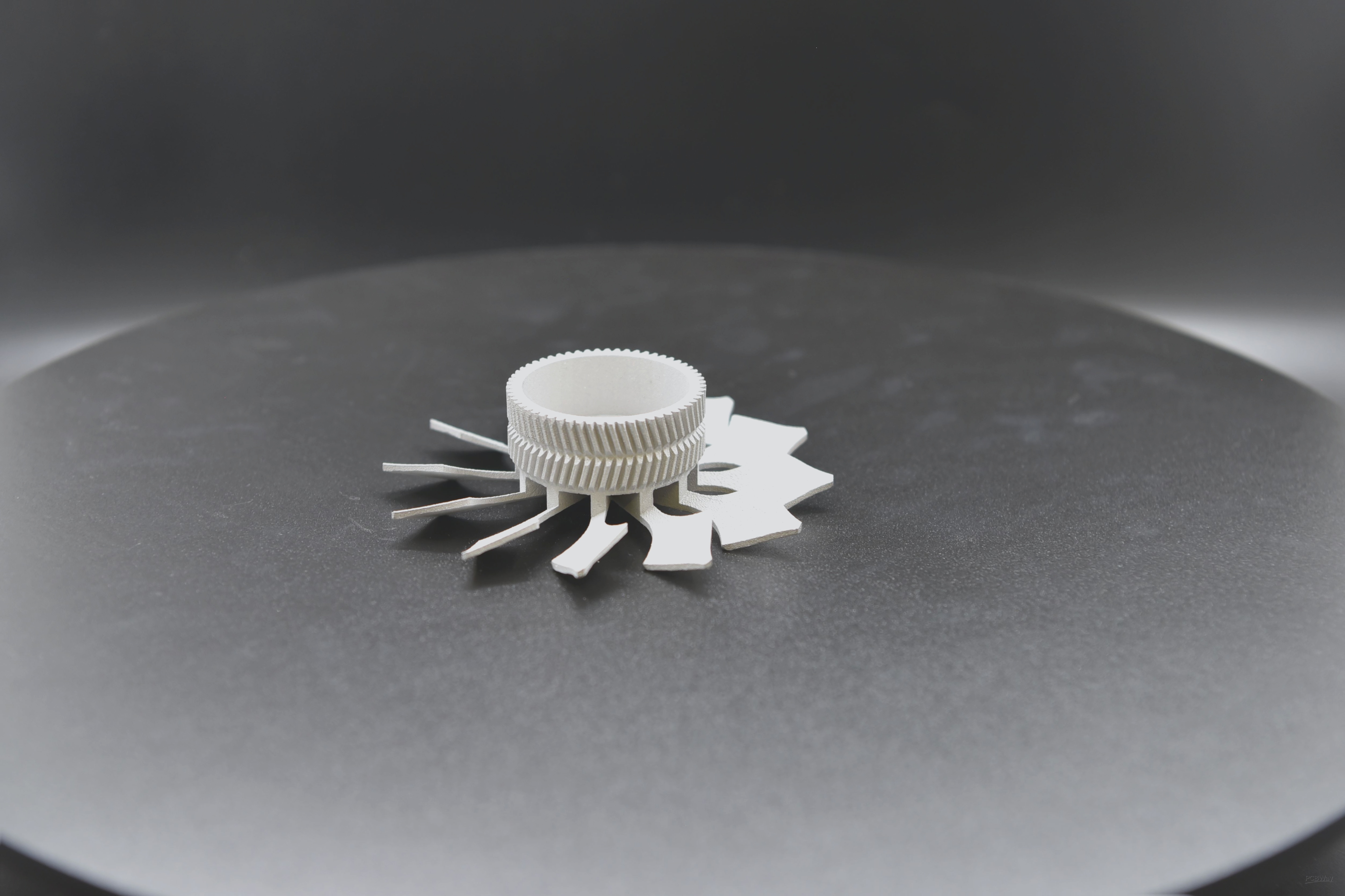
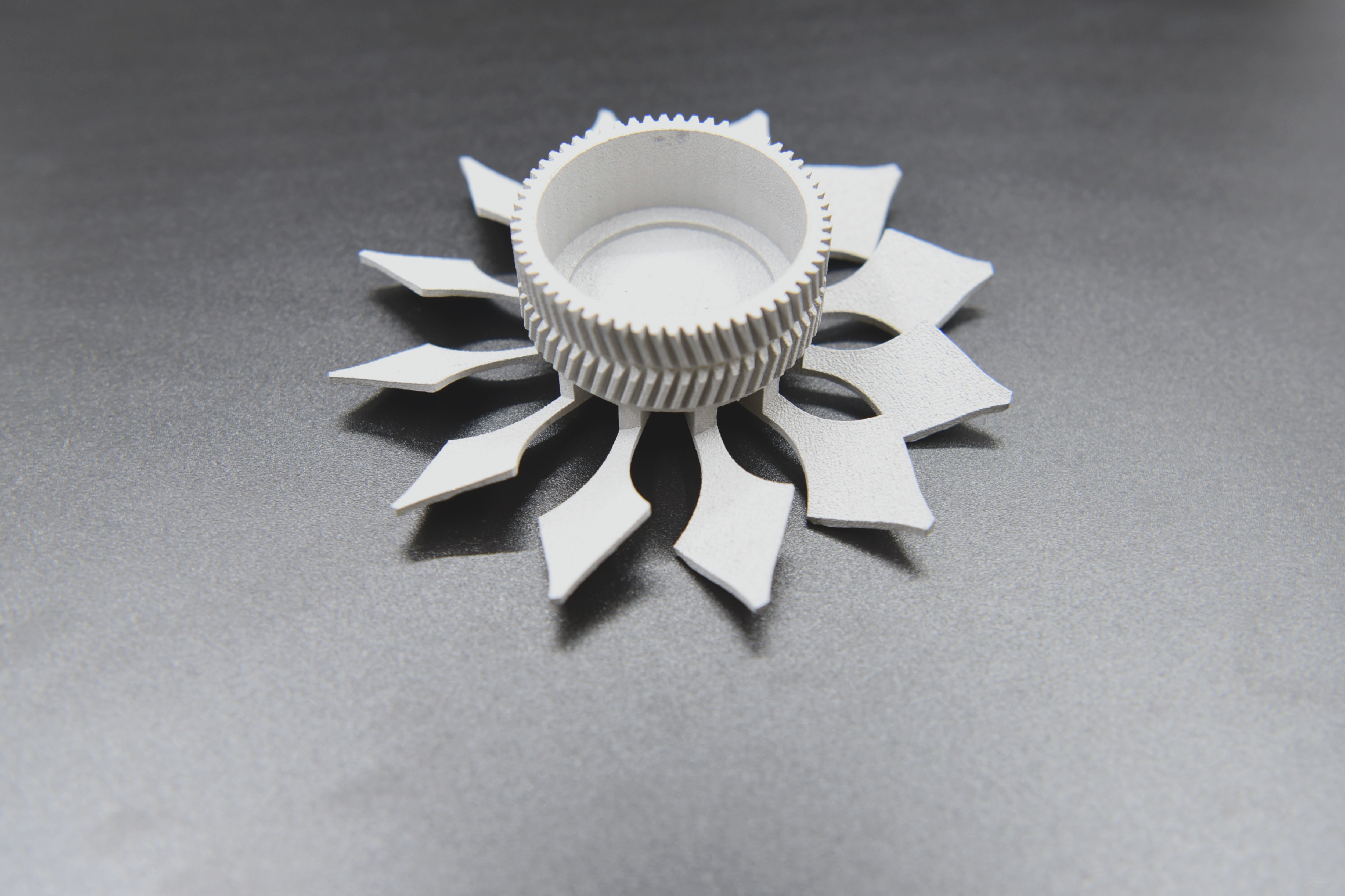
Wellcircuits: Your PCB and Electronics Manufacturing Partner
Wellcircuits offers a comprehensive range of services, including PCB Prototyping & Batch Production, PCB Assembly (SMT), PCB Design, Electronic Module Sales, 3D Printing, and CNC Machining. Our commitment is to cater to the diverse needs of makers across various industries by providing high-quality, cost-effective, and timely solutions for electronics production.
If you have any inquiries regarding PCBs and PCBA, please feel free to reach out to us at info@wellcircuits.com

